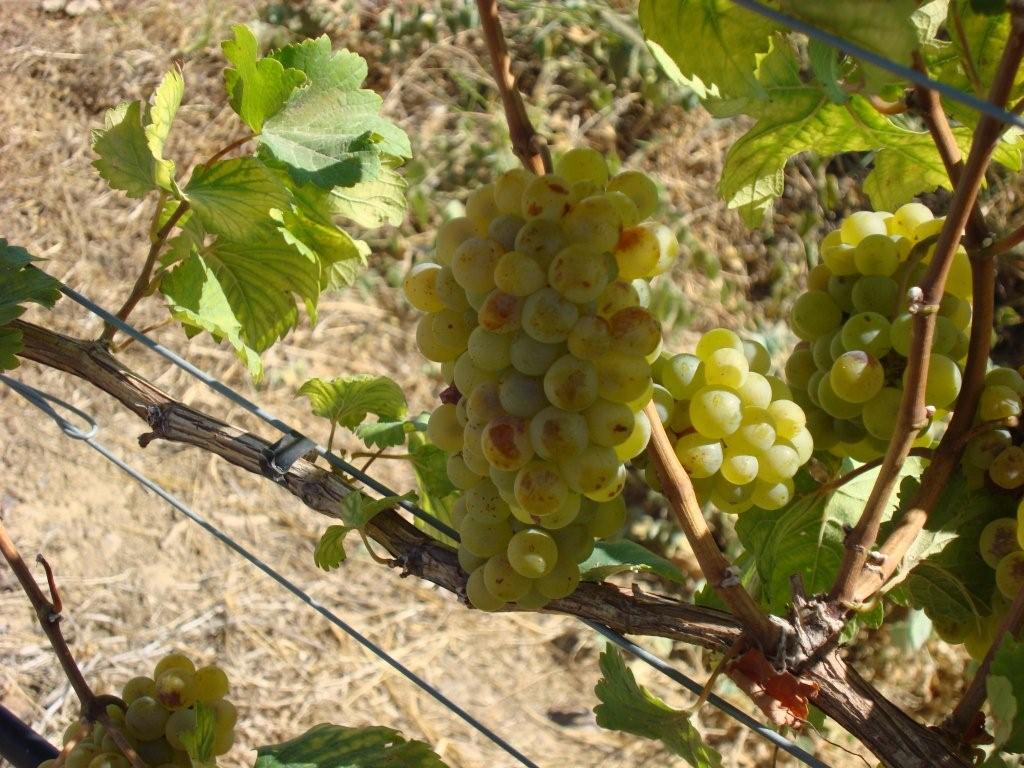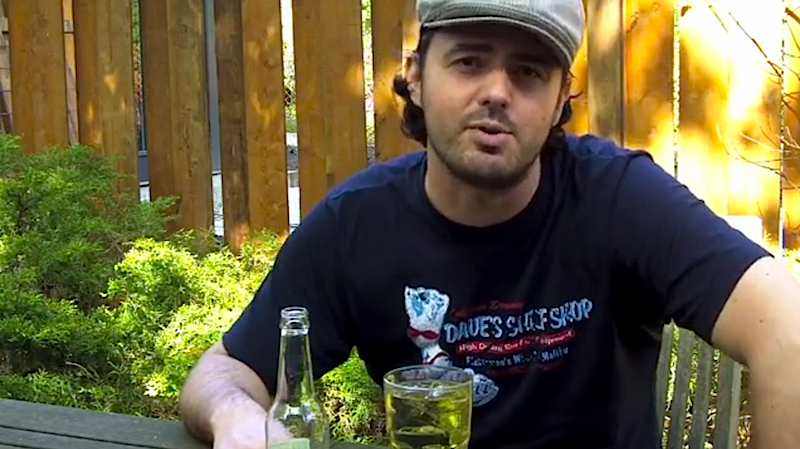By Jamie Drummond

While I was tasting through the hundreds of wines on offer at Cape Wine Europe last Fall, it quickly became apparent that something had changed in the world of South African wines. In the span of around 17 years, where I had obviously been asleep at the wheel, a veritable vinous revolution had taken place. South African Chenin Blanc, that mediocre underachiever of a grape, had turned out to be the prodigal son after all.
This transformation, from workhorse varietal to white knight didn’t happen overnight. I can still remember my first introduction to the grape, back in my hometown of Edinburgh. Managing the wine list at the now defunct Atrium restaurant, I had been directed by my mentor, the late James Sankey, to pad out the list with wines from almost every wine producing country. When looking for something from South Africa, all that I could source by way of white wine was some extremely inexpensive, and may I note utterly insipid, Chenin Blanc. I can remember whincing every time an unsavvy customer was lured by the low price tag and I was forced to open a bottle of what I honestly felt to be the most terrible wine on my list. This was further compounded by my first wine classes at Justerini and Brooks, where the South African examples of the Chenin Blanc grape were described by my teacher as an being truly forgettable, and naturally she poured the class a memorably awful industrially-produced bottle to illustrate her point.
Over the intervening years, while I revered the mighty Chenins of The Loire like the Old World snob I once was, many things changed in the world of South African Chenin Blanc. This much abused varietal, one that had been forced to serve as the workhorse of the huge producers and cooperatives, overcropped and treated with very little love, and hence was overlooked by Winemakers and winelovers. Old vines were uprooted, planted to Chardonnay or Shiraz, a crime in my eyes, but thankfully some growers stuck with their old Chenin Vines. Old vineyard plots that now produce some of the finest white wines in the Cape.
As these ancient vines were saved from the designs of money-hungry investors, exciting new vineyard sites were planted and managed with care that had been hitherto unseen, South African specific Chenin clones were developed, yields were lowered, technology was embraced and duly mastered, extended lees contact with battonage became more and more commonplace, and judicious use of wood adding even more layers of complexity to wines with phenomenal potential for being the very best whites in the country. Indeed, today South Africa’s most prestigious white wine is a Chenin Blanc, Eben Sadie’s “Mrs. Kirtsten”, a wine that is priced three to four times higher than South Africa’s most expensive Chardonnay.
Since that Cape wine show in London last Autumn I have spoken with many of my peers about my epiphany, and they unanimously agree that South African Chenin Blanc has now truly come of age. For me, in the very best examples, it’s all about the astounding purity of fruit coupled with a surprising minerality… yes, you heard it here first boys and girls… South African white wines with minerality!
Next time you are in a wine store, or perusing a restaurant winelist, why not give this grape a second chance. Who knows, perhaps you will grow to love South Africa’s prodigal son?

Edinburgh-born/Toronto-based Sommelier, consultant, writer, judge, and educator Jamie Drummond is the Director of Programs/Editor of Good Food Revolution… and he’ll be on the lookout for more SA Chenins coming through the LCBO in the coming weeks.








Thanks for a great article Jamie! And to many more great SA Chenin’s coming your way!
Ina Smith Manager: Chenin Blanc Association SA